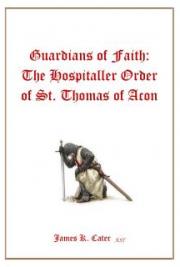STRIX FLAMMEA
“WHERE man goes nature ends,” wrote Richard Jefferies. But the wild creatures cling to their ancient places with stubbornness, especially in and around London.
One day in summer, intolerably weary, I left Fleet Street very late—or very early. The morning star, Eosphoros the Light-bringer, was sweeping above the eastern line of buildings, the spectral dawn flooding into the concave dusk above. Pausing by the Temple Gardens near the Embankment I became aware of glints of sound from the lawns and under the trees, the cries of questing mice. Then something indistinctly white and with great winnowing wings went over, fluttered vaguely to the grass, rose again, and drifted away. Strix Flammea was in London, hunting in the very heart of its turmoil. My fatigue passed, and hope came into my heart: I would be as indifferent to my surroundings as my barn owl was to them!
There are owls in the city at night, but never before had I known Strix Flammea visiting. The quavering and mournful plaint of the wood or brown owl has often been heard in Hyde Park and St. James’s Park during the darkness. Once, from the top of a motor-bus, I saw one roosting in a chimney cowl near Marble Arch. He looked forlorn in such a neighbourhood. Such a strange object naturally caused many cockney sparrows to assemble for communal vituperation.
Unlike other birds, owls cannot exist where there is noise. Most of their hunting is done by sound, detected by the ultra-sensitive and enormous cavities in the sides of their head, much larger than their eyes.
Maybe you will see Strix Flammea as he floats, a great moth of a bird, round the ancient wharves and docks of London Bridge. But it will be in the forsaken silence of the morning, when the traffic of the streets is stilled and few people are about, except the human derelicts huddled by London’s river and an occasional poet enraptured at life’s beauty.
END







